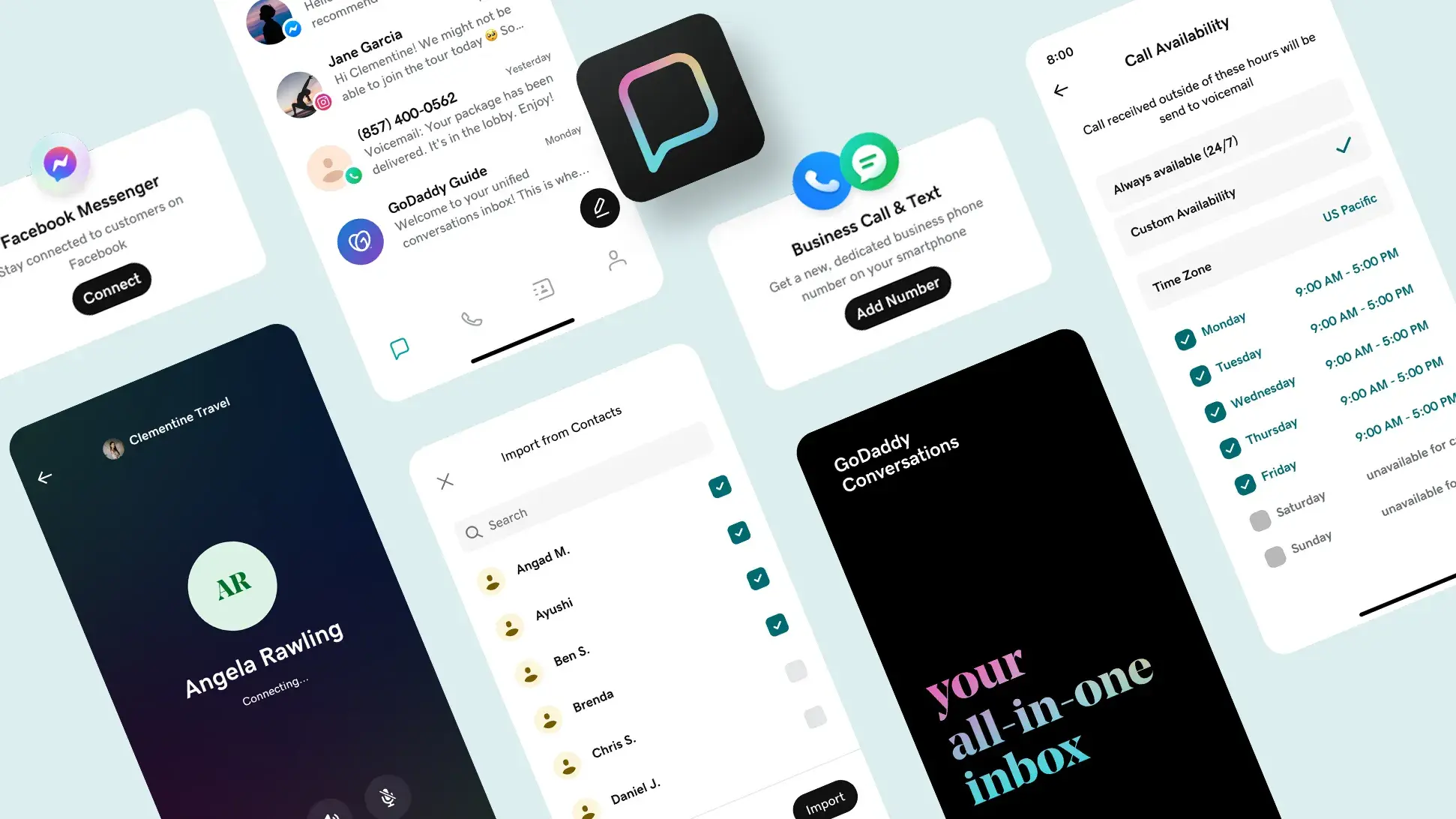Toll-free numbers have long been recognized as a valuable tool for businesses to enhance their customer service and establish a professional image.
And while toll-free numbers were initially embraced by large corporations, small businesses can level the playing field with their larger counterparts using an 800 number.
Interested in getting an 800 number for your business? Read on to learn more.
What are 800 numbers?
Toll-free 800 numbers are a type of phone number that have been in use since 1966 and have become a vital tool for businesses.
They let customers contact businesses without getting charged, creating a more accessible and customer-friendly experience.
The 800 prefix is widely recognized and often associated with reputable businesses. Because of this, 800 numbers are often seen as a trust signal, which can boost a company’s credibility and customer relations.
Businesses often use these numbers as both their primary phone lines and support lines, letting customers reach them effortlessly.
Who needs an 800 number?
If your business serves customers outside of your local area or you have aspirations of expanding into new areas, consider using an 800 number to help boost the credibility of your business and increase engagement with clients in new markets.
When it comes to building a credible image, the larger and more established you can make your business look, the better.
One of the great advantages of using an 800 number is that it implies a national presence. Rather than attaching your company and brand to a particular area code whenever you call a customer, using an 800 number will project an image of a company capable of serving customers all over the country.
Toll-free 800 numbers also help improve your customer engagement. Because these numbers are so widely recognized as belonging to businesses, calls coming from them are less likely to be ignored than those coming from an unrecognized area code.
Steps to get an 800 number for your small business
Getting an 800 number can really boost your business's professional image and customer relations. Whether you're using a landline or a smartphone, here's how you can set up an 800 number effectively:
- Determine your business needs: Start by understanding your communication requirements. Consider factors like expected call volume and the features you need, such as call forwarding, voicemail, or analytics. This assessment will guide your choice of provider and plan.
- Choose a service provider: Look for providers that offer toll-free numbers and compare their plans. For a quick and easy start, you can use the GoDaddy Conversations app, which is compatible with both iOS and Android, so no matter which you have, you will be able to manage your 800 number directly from your personal phone.
- Select your 800 number: Once you've selected your provider, you can then choose from a selection of available 800 numbers.
- Register and configure: During the registration process, you can configure features to cater to both landline and smartphone use, such as call routing options and automated greetings.
- You’re all set: Start using your 800 number to engage clients .
Costs of toll-free numbers for small businesses
Toll-free numbers are great for businesses, providing customers with a free and convenient way to reach you. However, it's important to understand the costs involved.
The costs associated with toll-free numbers include monthly subscription fees and charges for calls and messages. Businesses pay the fees for incoming calls.
- Monthly subscription fees: Businesses pay a monthly subscription fee to maintain a toll-free number. This fee covers the use of the number and ensures it's always operational.
- Charges for calls and messages: Businesses are responsible for the fees associated with incoming calls and messages. This means that when customers contact you via your toll-free number, you cover the cost of the call or message.
How to transfer your toll-free number
One of the main advantages of toll-free numbers is the ability to keep the same number even if your business relocates or switches service providers.
This process, known as porting, allows you to change service providers without missing a beat.
By porting your toll-free number, you ensure consistency in your contact information, essential for brand recognition and customer trust.
To port your number, you'll need to coordinate with your new service provider, who will handle the transfer process on your behalf.
If you plan on moving to GoDaddy Conversations, learn how to transfer your number here.
Frequently Asked Questions
What are the different types of toll-free numbers?
Toll-free numbers typically start with specific three-digit prefixes like 800, 888, 877, 866, 855, 844, and 833.
Can I send texts from an 800 number?
Some toll-free numbers can send and receive text messages.
With GoDaddy Conversations, you can send text messages using your toll-free number after completing a one-time business registration. Learn how to read and reply to GoDaddy Conversations messages in our video guide.
Can I have multiple toll-free numbers?
Yes, you can have as many toll-free numbers as your business needs. Typical reasons for multiple phone numbers include contact points for different departments, marketing campaigns, or regions.
Are toll-free calls always free for my customers?
Toll-free calls are always free from a landline. Your customers need to be located within the same country where the 800 number is registered.
However, some mobile phone providers might charge their customers for toll-free calls, especially if they are calling from a mobile network that does not recognize the toll-free number as free. Customers should check with their mobile service providers.








